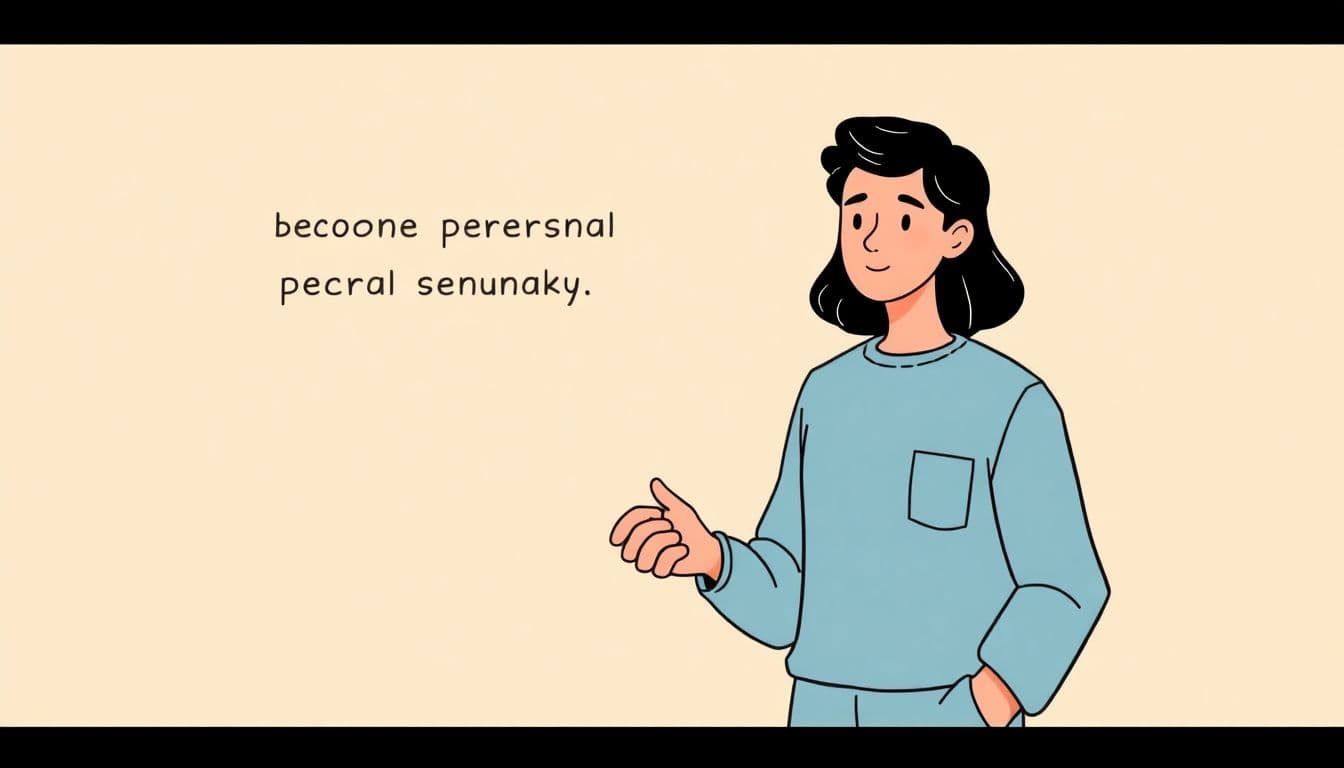Table of Contents
Ending a novel can feel like trying to solve a Rubik’s Cube blindfolded. You’ve invested so much time and effort into your characters and plot, and the thought of wrapping it all up can be daunting. Whether you’re worried about tying up loose ends or leaving readers satisfied, it’s a common struggle for many writers.
But fear not! Stick with me, and together we’ll explore the art of crafting a memorable ending that resonates with your readers. By breaking down the process step by step, you’ll find that achieving a killer conclusion is not as impossible as it seems.
We’ll delve into everything from avoiding common pitfalls to choosing just the right type of ending. Plus, I’ll share tips on how to keep your readers glued to the page until the very last word. Ready to turn that final page? Let’s get started!
Key Takeaways
- A strong conclusion ties up loose ends, showcases character growth, and leaves readers satisfied.
- Avoid introducing new characters or conflicts in the ending; keep it focused on resolutions.
- Provide emotional closure by addressing what readers care about most, including hopeful glimpses into the future.
- Choose the right type of ending that fits your genre and the emotional stakes of your characters.
- Maintain a consistent voice and tone throughout the ending to create a seamless reading experience.
- Engage readers until the last page with suspenseful elements and vivid descriptions.
- Reflect on themes from the beginning to create a full-circle experience for readers.
- Consider writing the ending first and seek feedback to ensure it resonates.
- An epilogue can offer additional closure but should be brief and valuable to the story.

Step 1: Craft a Strong Conclusion to End Your Novel
Your novel’s conclusion is where everything comes together, and it’s worth taking time to get it right.
A strong conclusion ties up loose ends, answers lingering questions, and leaves your readers feeling satisfied.
Consider how your main character has grown throughout the story and ensure that their journey feels complete.
For instance, if your protagonist started off insecure and became a hero by fighting for what’s right, showcase their transformation in the last chapters.
Sometimes, a powerful line can resonate, making your conclusion unforgettable. A poignant quote or thought that encapsulates your book’s theme can go a long way.
Step 2: Avoid Common Ending Mistakes
Ending stories can be tricky, and there are a few common pitfalls you should steer clear of.
One big mistake is introducing new characters or conflicts in the conclusion. Your ending should be a resolution, not a last-minute cliffhanger.
Additionally, avoid rushing through your ending as if you’re racing against a clock. Give your readers time to absorb the journey they’ve taken with the characters.
Consider whether your conclusion feels like a genuine wrap-up or like you suddenly threw in an ending just to finish it.
For example, in a young adult story, abruptly killing off a beloved character without substantial buildup can leave readers feeling frustrated and unsatisfied.
Step 3: Offer a Satisfying Resolution
A satisfying resolution isn’t just about tying up plot lines—it’s about providing emotional closure.
Reflect on what your readers care about most. If they’ve invested in a love story, make sure the couple’s fate feels right based on their experiences.
You can sometimes do this by giving them a glimpse into the future, like a wedding or a pivotal conversation that shows growth.
But it’s also okay to leave some ambiguity; just make sure it supports the overall tone of your novel.
For example, if your story is a coming-of-age tale, perhaps your character doesn’t have everything figured out by the end, just like real life.

Step 4: Choose the Right Type of Ending
Deciding on the right type of ending can significantly impact your readers’ experience.
Different genres call for different endings, and understanding this can help you land the perfect final note.
For instance, a fantasy novel might flourish with an epic battle conclusion while a romance story might need a heartfelt reunion.
Consider the emotional stakes of your characters—what ending would resonate most with their journey?
Play with possibilities: should it be a happy ending, a plot twist, or an open-ended conclusion?
An acceptable mix could even be a bittersweet ending, which offers closure while leaving some elements unresolved.
Make sure it feels true to your characters and the themes of your story.
Step 5: Maintain Consistency in Voice and Tone
Your story’s voice and tone should remain consistent right until the last page.
Returning to your initial chapters can help ensure that nothing feels out of place in your conclusion.
Pacing, language, and style set the atmosphere for your story—maintaining this in the ending helps wrap things up nicely.
For example, if your narrative has been quirky and lighthearted, a somber ending might feel jarring.
Instead, think of how you can keep that light tone while still providing closure.
Consistency in voice creates a seamless experience for your reader, making your ending feel like a natural extension of your story.
Step 6: Engage Your Readers Until the Last Page
Keep your readers on the edge of their seats all the way through to the end.
To do this, consider planting small suspenseful elements or questions throughout your final chapters.
Wondering how your character will navigate their final challenge can create a gripping experience.
Utilizing cliffhangers at chapter ends or leaving hints about possible outcomes can effectively elevate tension.
Make every sentence count—engage readers with sharp dialogue and vivid descriptions that keep them invested.
After all, a page-turner doesn’t have to lose its pace just because it’s ending.
Step 7: Reflect on the Beginning of the Story
Bringing your story full circle can provide a sense of completion that resonates with readers.
Reflecting elements from the beginning in your ending can create a satisfying “aha” moment.
Think about revisiting themes, locations, or character characteristics introduced early on.
For example, if your story started with a character feeling lost, ending with them finding their way can be powerful.
This technique not only reinforces character arcs but also taps into your readers’ familiarity with the journey.
Simply put, it’s like a nostalgic echo that makes your story all the richer.
Step 8: Final Tips for Writing the Ending
As you craft your final pages, here are a few last-minute tips to keep in mind.
First, consider writing your ending first; sometimes knowing the conclusion can make it easier to write the rest.
Second, engage in feedback sessions with trusted readers to see if the ending resonates.
Third, leave some time between your last draft and finalization. A fresh perspective can reveal inconsistencies or areas needing polish.
Additionally, remember that endings don’t have to be universally loved, but they should at least feel authentic based on your story.
And finally, keep it concise; a too-long conclusion can lose impact.
Step 9: Know When to Use an Epilogue
An epilogue can be a great tool for providing closure and glimpse into characters’ futures.
However, it’s important to use this tool wisely and only when it adds value to the narrative.
Epilogues are especially effective in fantasy, science fiction, or any story with extensive world-building.
If you’re considering one, think about the questions left unanswered at the end of your main story.
For instance, desire to know how the main character’s life unfolds post-conflict could warrant an epilogue.
That said, too much detail can swamp the reader; keep it brief and meaningful.
Check the pacing to ensure it’s not dragging on after an already resolved main story.
FAQs
A strong conclusion should tie up loose ends, provide resolution for main conflicts, reflect character growth, and evoke an emotional response. It’s important to leave readers satisfied while staying true to the story’s themes.
Avoid rushing the ending, leaving major questions unanswered, or introducing new characters and plots in the last chapter. Also, ensure your ending aligns with the established tone and doesn’t feel jarring for readers.
Consider using an epilogue to provide additional closure, explore characters’ futures, or clarify events that occur after the main story. It should serve a purpose and enhance the reader’s understanding of the narrative.
To keep your ending engaging, build suspense, maintain character voice, and reference earlier story elements. Create a sense of resolution while leaving room for imagination, ensuring it’s a satisfying yet thought-provoking conclusion.



